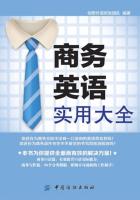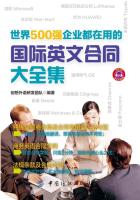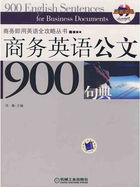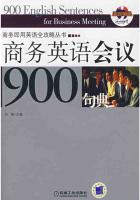A “knowledge engineer” interviews experts in a certain domain and tries to embody their knowledge in a computer program for carrying out some task. How well this works depends on whether the intellectual mechanisms required for the task are within the present state of AI. When this turned out not to be so, there were many disappointing results. One of the first expert systems was MYCIN in 1974, which diagnosed bacterial infections of the blood and suggested treatments. It did better than medical students or practicing doctors, provided its limitations were observed. Namely, its ontology included bacteria, symptoms, and treatments and did not include patients, doctors, hospitals, death, recovery, and events occurring in time. Its interactions depended on a single patient being considered. Since the experts consulted by the knowledge engineers knew about patients, doctors, death, recovery, etc., it is clear that the knowledge engineers forced what the expert told them into a predetermined framework. In the present state of AI, this has to be true. The usefulness of current expert systems depends on their users having common sense.
Heuristic Classification
One of the most feasible kinds of expert systems given the present knowledge of AI is to put some information in one of a fixed set of categories using several sources of information. An example is advising whether to accept a proposed credit card purchase. Information is available about the owner of the credit card, his record of payment and also about the item he is buying and about the establishment from which he is buying it (e.g., about whether there have been previous credit card frauds at this establishment).
【New Words】
heuristic
启发式的
sequence
次序,顺序,序列
dimension 尺寸,尺度,维数 embody
包含,收录,使具体化
diagnose
诊断
bacteria
细菌
Exercise
1. Multiple Choices.
(1)Data on disk are recorded on a series of concentric circles called ______.
A.tracks
B.sectors
C. cylinders
D. blocks
(2)The most common microcomputer secondary storage medium is _______.
A. hard disk
B. diskette
C. video disk
D. magnetic tape
(3)The combination of a sector number and a track number forms a unique ______.
A.programname
B.index
C.filename
D. disk address
(4)On hard disk, rotational delay is less than on diskette because rotational speed is ______.
A. eliminated
B.unchanged
C.increased
D.decreased
(5)The time during which the desired sector rotates to access mechanism is called ______.
A. rotational delay
B.Accessarms
C.sectors
D. a laser
(6)On CD-ROM drive, data signals are transferred to the computer through ______.
A. a laser
B.read-writeheads
C.accessarms
D. sectors
(7)A ______ rotates constantly.
A. cassette drive
B. diskette drive
C.floppydiskdrive
D.harddisk
2. Translate the following phrase into Chinese
(1)system unit
(2)function key
(3)display screen
(4)magnetic disk
(5)thermal printer
(6)batch system
(7)vacuum tube
(8)virtual memory
3. Fill in each blank with a suitable term according to its official definition.
(1)______, to convert a process or equipment to automatic operations.
(2)______, a large computer, in particular one to which other computers can be connected so that they can share facilities the mainframe provides.
(3)______, in computer programming, a popular spreadsheet package.
(4)______, in data communications, a means of two-way communication between two data terminal installations.
(5)______, a software package widely used by managers and accounts, which is a visually oriented program that aids in executing and understanding financial calculations.
(6)______, a common program written for a major application so that a user’s specific problems of data or organization will not make the package less useful.
(7)______, the process of transferring information in the various media from one point, person, or device to another.
(8)______, to locate data in storage and read it so that it can be processed, printed, or displayed.
4. Translate the following sentences into Chinese
The aim with the intelligent interface is to change the method of access to a computer. Currently, access is through a keyboard. The plan is to change all that;instead, the user will merely ask a question in the same way that he would ask his colleague in the office. The answer will be given verbally, but in many cases a “written” answer will appear on a display as well. If the question is too vague, the computer will say so and will ask a question to help the user ask a more precise one. That may be simple enough, but it involves the development of very of complex software which in turn needs a lot of new hardware.















